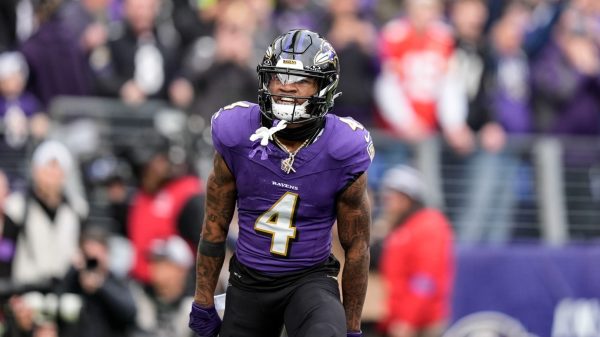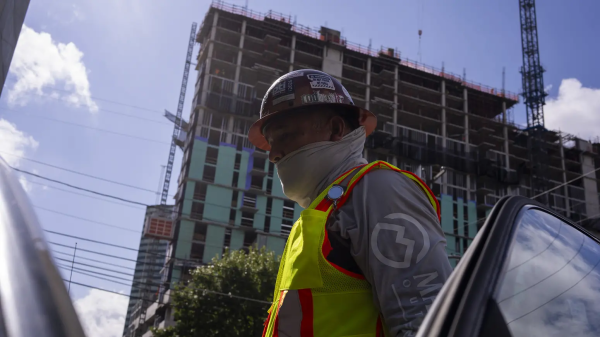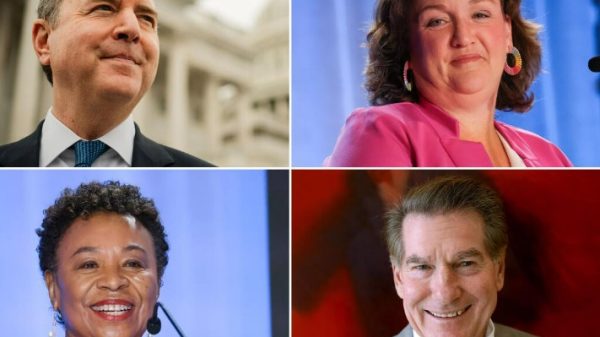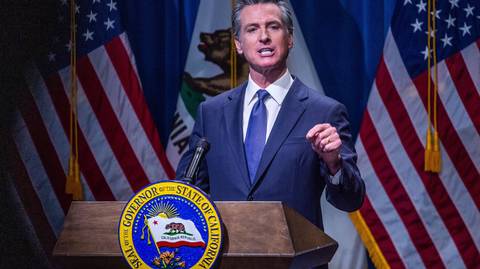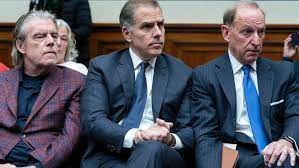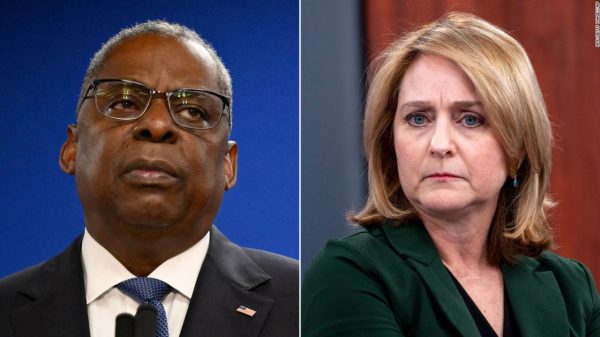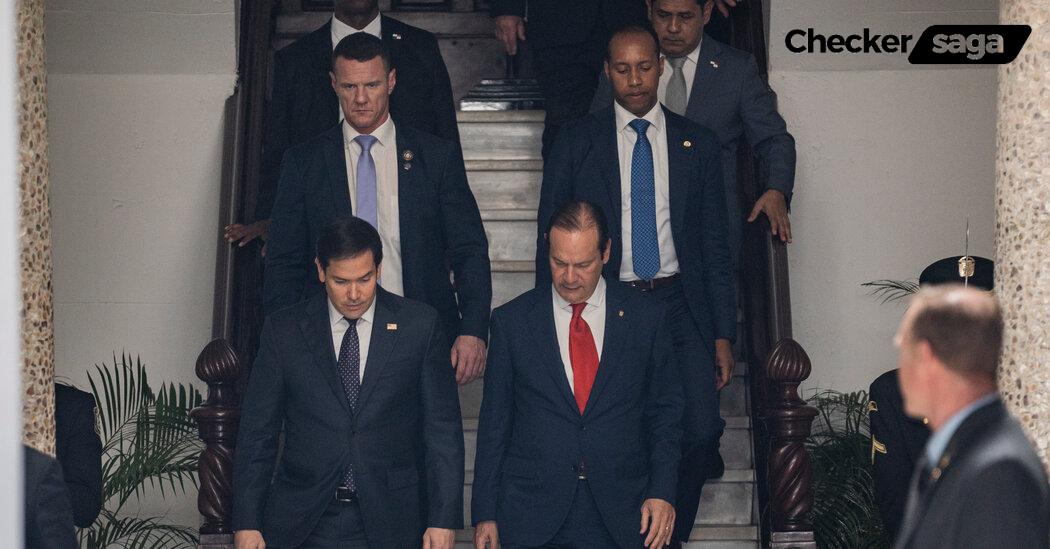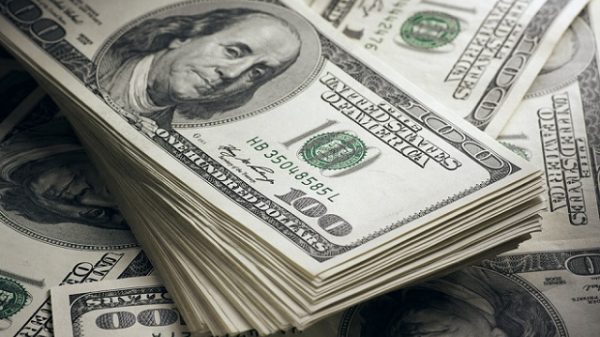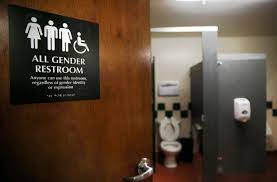In recent weeks, the Panama Canal has become a hot topic once again, catching the attention of U.S. officials including Secretary of State Marco Rubio and former President Donald Trump. Both expressed their concerns over what they believe is China’s growing influence in the region, sparking a serious discussion about the future of this vital waterway.
Concerns About Chinese Influence
Meetings between U.S. officials and Panama’s President Raúl Mulino have been taking place, focusing on the potential threats posed by China’s involvement in the canal’s operations. Secretary Rubio has raised alarms about a Hong Kong-based company, CK Hutchison Holdings, which operates ports at both ends of the canal. He emphasized that the U.S. might need to take protective action to uphold treaty rights regarding the canal, a key international shipping route.
Panama Stands Firm
Despite these concerns, Panama’s leadership is reassuring its citizens and the international community that the country retains full control over the canal. President Mulino has stated that the canal was transferred to Panama in 1999 and that there’s no current plan for a U.S. military intervention. He noted that while the U.S. has a treaty that allows intervention under specific circumstances, he does not foresee any reason for this scenario to arise.
Trump’s Bold Claims
Adding to the tension, former President Trump recently made waves by suggesting that the U.S. might need to retake the Panama Canal, an idea that many experts have regarded as exaggerated. In his remarks, Trump mentioned that if China violated agreements regarding their presence at the canal, it could lead to serious consequences. This statement has reignited discussions about who really controls the Panama Canal and why it matters.
Panama’s Response to the U.S.
In light of the mounting pressure from the U.S., President Mulino has announced that Panama will not renew its participation in China’s Belt and Road Initiative, signaling a shift in alliances and priorities. This decision reflects Panama’s insistence on pursuing closer ties with the U.S. for infrastructure investments, which could affect future economic partnerships with China.
The Bigger Picture: Migration and Cooperation
Beyond discussions about the canal, the meetings have touched upon other pressing issues, such as migration. Secretary Rubio’s tour included visits to El Salvador, where he addressed the need for a stable approach to deportations and irregular migration through the region. Both countries are working on agreements to manage migration better, with the U.S. promising to fund these initiatives.
The Current Landscape
As the situation unfolds, it’s clear that the Panama Canal remains a significant focal point for U.S. foreign policy and regional security. With ongoing debates about China’s role, the future of U.S.-Panama relations could dramatically change, impacting not only the canal’s operations but also migration patterns and international trade. The involved parties will need to navigate these complexities carefully to maintain stability in an already tense scenario.
Insights From Experts
Experts point out that the canal serves as a crucial gateway for global shipping, affecting economies around the world. They argue that understanding the history and current dynamics of the canal is essential for anyone following international relations today. The focus on the canal illustrates a larger game of power and influence that extends well beyond Panama itself.

